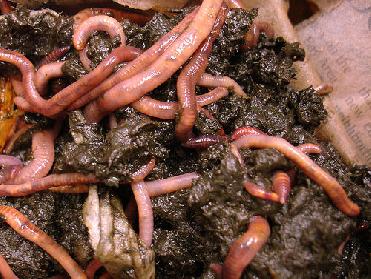
WASHINGTON (BNS): Will you be surprised to know that NASA is working on a project called, Observing Microwave Emissions for Geophysical Applications (OMEGA), to study the kingdom of earthworms? Well, according to NASA, this earthworm study will help predict weather that will in turn help mankind. NASA believes that weather experts by looking at the quality of the soil can foretell the weather.
Explaining the project, NASA scientist Chip Laymon, principal investigator for OMEGA project at National Space Science and Technology Center, Huntsville (Alabama), said, "OMEGA soil moisture data will help us build better weather models, which will lead to better forecasts."
According to Laymon, this research could also help forecasters predict flash floods, land-slides and drought. It will also help farmers plan crop sowing, take decisions on irrigation, and predict crop yields.
One must be wondering how the scientists will be collecting data for all this. Laymon explains that they would be using a microwave radiometer called MAPIR, to collect moist data. It is a known fact that ordinary soil naturally emits small amount of low-energy microwave radiation just like all warm objects. "By analysing these microwaves we can tell how much moisture is in the soil," Laymon said.
MAPIR is short name for Marshall Airborne Polarimetric Imaging Radiometer, which will be on its first mission onboard a NASA P-3 aircraft. According to Laymon, MAPIR should be ready for installation on the P-3 by Sept. 15, and undertake missions over the Delmarva Peninsula from Oct. 1 - 14.
MAPIR getting to fly on P-3 was sudden as another mission slated to fly skidded. Talking about the urgency of the mission, Laymon said, "We've really had to accelerate our schedule for developing MAPIR. Also refocus and prepare for airworthiness reviews and other milestones.” He said that the team had long days ahead.
The experiments over Delmarva Peninsula, for the MAPIR maiden flight is a good choice. Two-thirds of the peninsula is agricultural and one-third forested, so there is a variety of terrain to sample. Apart from this, the USDA Agricultural Research Service has also been conducting research in the area and has set up its own moisture sampling stations, which will provide valuable info for MAPIR.
There will be a three-tier observation. OMEGA instruments will be loaded on a truck and a plane, and a similar instrument built by NASA's Jet Propulsion Laboratory, on a satellite. Each sensor will study the soil moisture from its own perspective. The truck, carrying the huge microwave antenna is nearly ready, while the satellite may take off in the 2013 Soil Moisture Active Passive (SMAP), space mission led by JPL. Polish-built Antonov aircraft, popularly called the ‘flying tractor’ will take over after the P-3 test-flight of OMEGA. Laymon is hopeful that this flying tractor will be airborne by the end of the year.
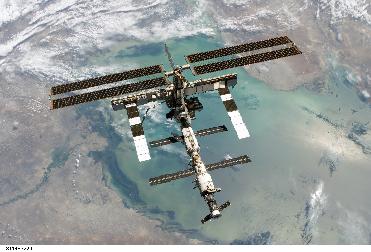 Previous Article
Previous Article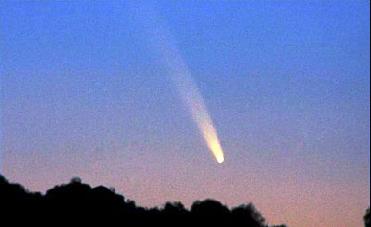
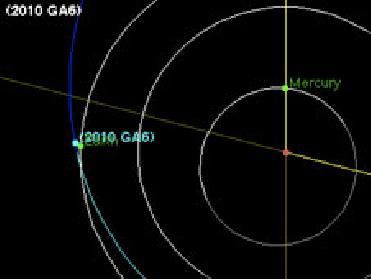
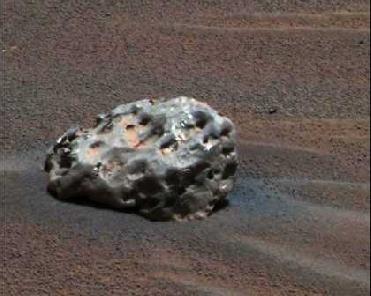
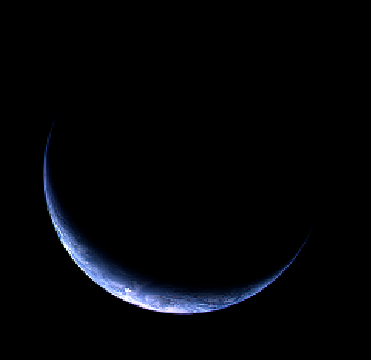










The Indian Air Force, in its flight trials evaluation report submitted before the Defence Ministry l..
view articleAn insight into the Medium Multi-Role Combat Aircraft competition...
view articleSky enthusiasts can now spot the International Space Station (ISS) commanded by Indian-American astr..
view article